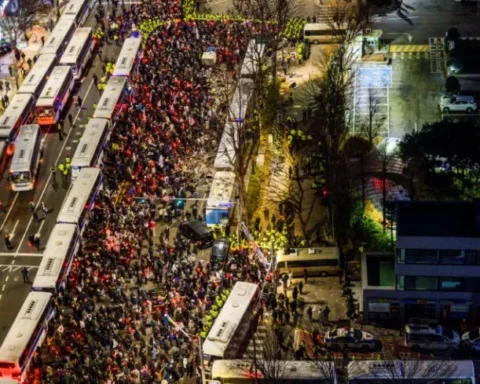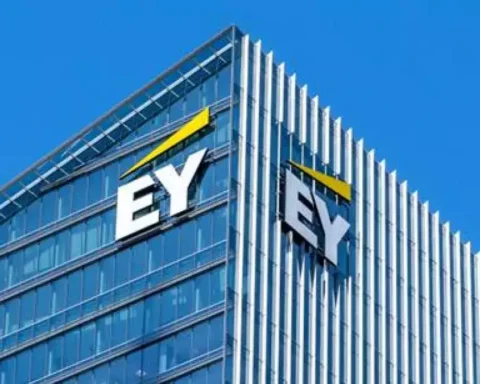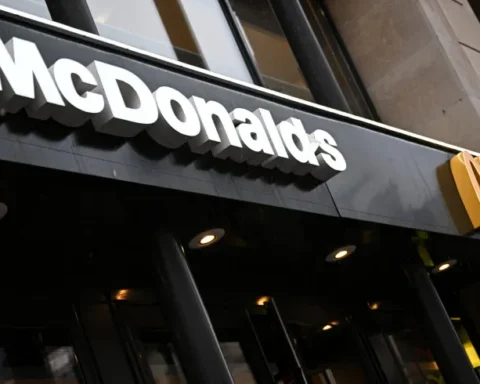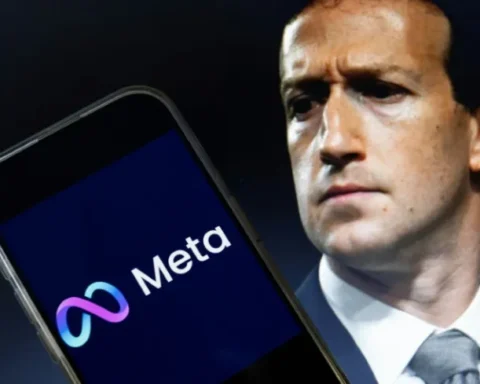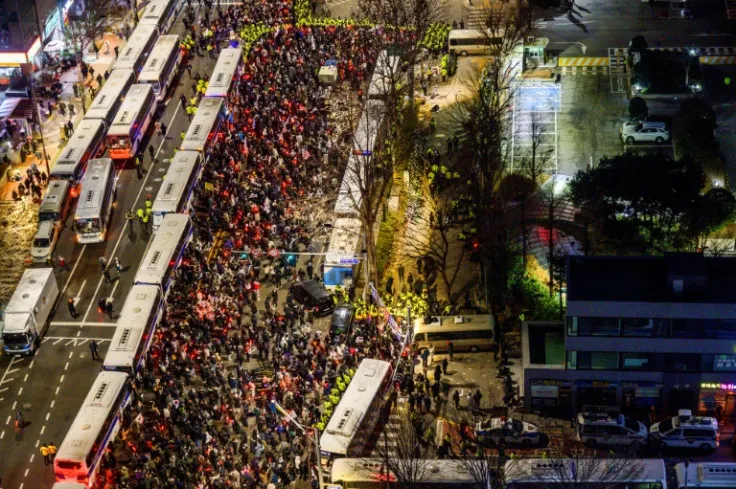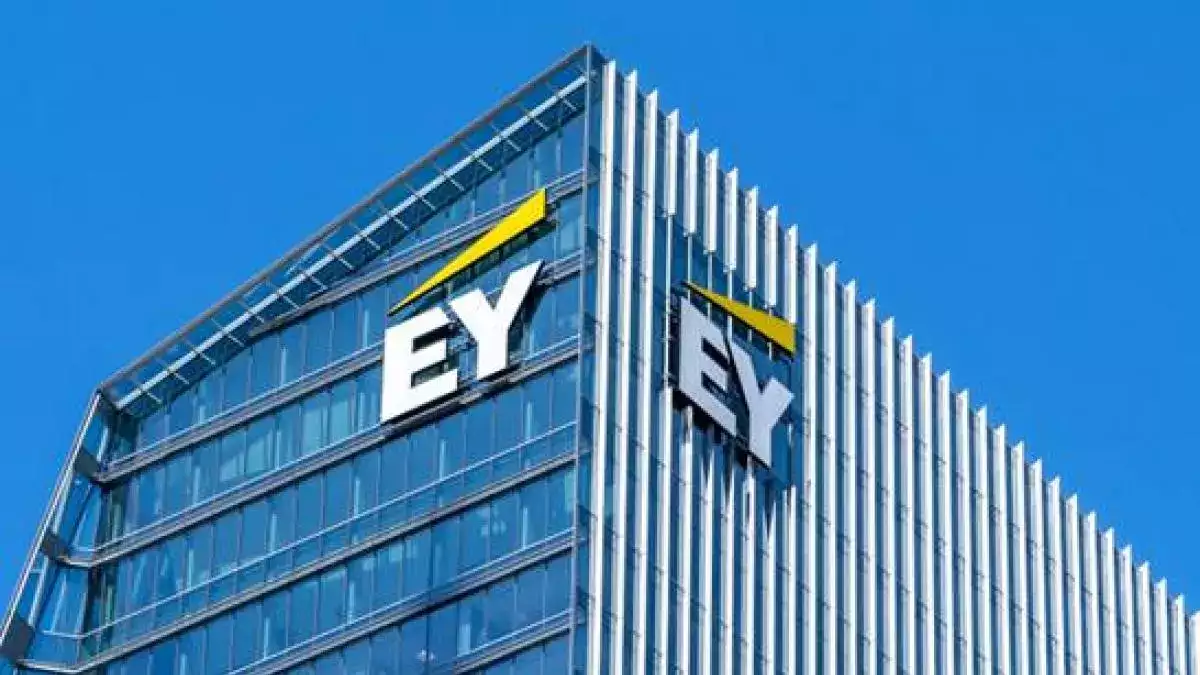Futuristic robotaxi with no steering wheel or pedals set to cost under $30,000, aiming to revolutionize urban transport by 2026
At a highly anticipated event in California, Tesla CEO Elon Musk unveiled the long-awaited Tesla Cybercab—a revolutionary robotaxi that could redefine the future of urban transport. Devoid of steering wheels and pedals, and featuring striking gull-wing doors, the Cybercab marks Tesla’s bold entry into the autonomous vehicle market. Musk presented the Cybercab as a cornerstone of Tesla’s future growth, emphasizing its potential to upend traditional vehicle usage and reshape personal mobility.
A Visionary Leap for Tesla
Elon Musk arrived at the “We, Robot” event, held at Warner Bros. Studios, in one of the futuristic Cybercabs, signaling a critical moment for the company. Positioned as the vehicle of the future, the Cybercab is slated for production in 2026. Musk revealed that the expected cost of owning one would be less than $30,000, with operational costs as low as 20 cents per mile. This economic efficiency stems from the vehicle’s autonomous technology, which could allow it to operate up to ten times more than conventional cars that remain idle most of the time.
Musk’s broader vision involves fleets of Cybercabs summoned via a mobile app, much like a ridesharing service. Additionally, Tesla owners could potentially list their own vehicles as robotaxis, creating a new income stream for private car owners while reducing downtime. This concept, if realized, could disrupt traditional car ownership models and provide a lucrative market for Tesla and its users.
Tesla’s AI-Driven Approach
The “We, Robot” event appeared to pay homage to Isaac Asimov’s iconic I, Robot series, reinforcing Musk’s growing emphasis on AI as the driving force behind Tesla’s innovations. Musk has long argued that Tesla is not merely an automaker, but an artificial intelligence and robotics company with the potential to redefine multiple industries. This shift was signaled in part by Tesla’s decision to pause the development of a smaller, cheaper electric vehicle to focus resources on the Cybercab.
Back in 2019, Musk confidently projected that Tesla would have operational robotaxis on the road within a year. However, due to several delays, the company’s focus has now pivoted fully toward the Cybercab, as Musk looks to fulfill that earlier promise. The move comes at a time when Tesla faces a potential dip in deliveries, with its existing electric vehicle (EV) lineup becoming outdated and aggressive price cuts squeezing profit margins.
Challenges and Market Competition
While Musk’s announcement has stirred excitement across social media, industry analysts and investors remain cautious. The road to fully autonomous vehicles is fraught with technical and regulatory challenges, and many of Tesla’s competitors, including Alphabet’s Waymo and General Motors’ Cruise, have already established a foothold in the driverless taxi market. Musk’s ambitious bet on AI and camera-based systems, as opposed to more expensive hardware like lidar, aims to keep costs lower but has drawn skepticism due to the technology’s track record of accidents and regulatory scrutiny.
Tesla’s Full Self-Driving (FSD) system, which underpins the Cybercab, has been the subject of legal and safety investigations following incidents, including two fatal crashes. While the technology has made significant strides, analysts agree that Musk will need to present not just a working prototype but a clear roadmap to demonstrate how Tesla plans to overcome regulatory hurdles and outpace competitors.
Future of Mobility
Despite these challenges, Musk’s vision for the Cybercab signals a bold shift in the future of mobility. The Cybercab is designed not just as a vehicle but as part of a broader ecosystem that could revolutionize urban transport, reduce the need for personal car ownership, and potentially ease traffic congestion in cities.
By 2026, Tesla aims to transform cars from idle assets into productive ones, opening up new possibilities for both individuals and businesses. If successful, the Cybercab could offer Tesla a significant edge in the competitive world of autonomous driving, and propel the company into a new era of growth and innovation.
As Musk continues to push the boundaries of what’s possible, the world will be watching closely to see if Tesla’s Cybercab can live up to the ambitious expectations set by its visionary leader.
Post Views: 45




